
|
|
|
|
|
The Year 2002
The year 2002 was a very good year. There were in this year many airfields visited in several countries. The first TLP which was visited, was canceled, however the second TLP was very good. After a nice open house in France at Nancy, Twenthe airbase was visited. The second visit to France at Colmar was a bit disappointing, but the air force days at Gilze-Rijen were outstanding. For the third time the TLP was visited and also the spotter’s day at Kleine-Brogel was visited. The longest trip which was made was the trip to England where several airfields and the RIAT were visited. Subsequently, also the Recce Meet at Florennes and Ramstein Airbase were visited.
|
|
|
|
|
|
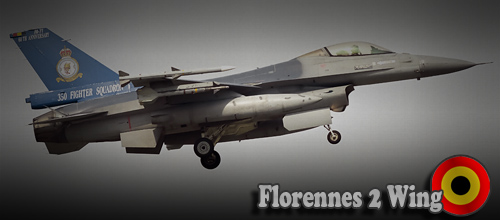
|
|
The Cancelled TLP Mission
Tactical Leadership Program; Florennes, March 25, 2002
During the TLP, it frequently happens that a planned TLP mission is canceled. Sometimes this happens when all the planes are already with engines running on the runway waiting for the departure wave. Often, it is the weather factor that throws a spanner in the works during these kinds of missions. Usually it is bad weather in the target area where the TLP mission would go. Practicing with this many planes in an area where visibility is limited due to bad weather is not safe enough. Often the weather at Florennes is well enough to leave.
|
|
|
|
|
Tactical Leadership Program 2002/3
A Disappointing TLP Edition; Florennes, May 13, 2002
During the third TLP of the year there would be some setbacks during activities. The third TLP of the year took place between Friday, April 19, 2002 when the members of this TLP arrived and Friday, May 17, 2002 when the participants went home again. During this edition, there were a lot of countries present at this training. During the second week of the course, there would be a Starfighter crash at Leeuwarden Air Base in the Netherlands. Later there was again a Starfighter which had problems and the Dutch F-16s had oil problems in the pitot tubes.
|
|
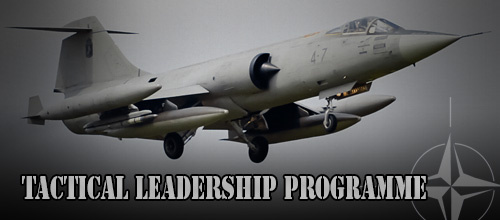
|
|
|
|
|
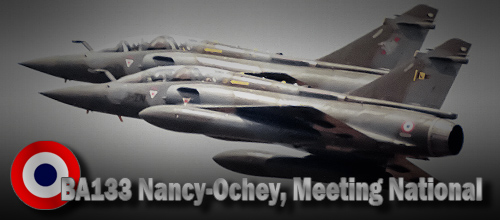
|
|
Base Aérienne 133 Nancy-Ochey
The French Mirage 2000D Airfield; Nancy-Ochey, June 23, 2002
The French air base Nancy-Ochey is in France also designated as Base Aérienne 133 Nancy-Ochey. The airfield has ICAO code LFSO and is a front-line air base of the French Air Force which is also known as the Armée de l'Air (AdlA). Today, Nancy-Ochey is a modern air base of the AdlA. Nancy was during the Second World War an important airfield for the Americans for the attacks on German territory. Nowadays Nancy is home to the Escadron the Chasse 3 which operates with the Dassault Mirage 2000D in the ground attack role.
|
|
|
|
|
The no 315 Squadron
The Dutch Lion From Twenthe Air Base; Twenthe, June 25, 2002
The F-16s of the no 315 Squadron are recognizable by the blue badge on the tail containing the yellow lion head. The motto of the squadron at Twenthe Air Base is "Nec Timide Nec Tumide" which means "Wit- hout Fear and Without Hubris". The history of the no 315 Squadron begins at Eindhoven Air Base when the no 315 Squadron is estab- lished on July 1, 1952. The future of the no 315 Squadron is not yet sure. Twenthe Air Base is in the context of the cutbacks on the list to be closed. What will happen to the two F-16 units here is not yet clear.
|
|
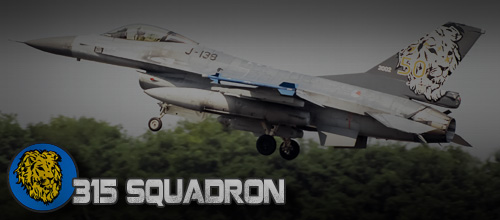
|
|
|
|
|
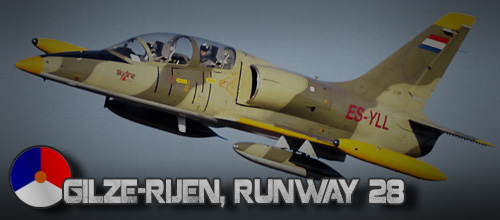
|
|
Gilze-Rijen, Runway 28
Gilze-Rijen Air Base in 2002; Gilze-Rijen, 2002
In 2002 Gilze-Rijen was regularly visited because some nice aircraft past by. The year began with a visit on February 13, when there was a Belgian Fouga Magister present at Gilze-Rijen. This type aircraft is not very often seen at Gilze-Rijen and therefore it was an interesting visitor. Two days later, there were no more than two F-16s of the no 312 Squadron from Volkel airbase present at Gilze-Rijen. On June 24, there was a French TBM700 on the platform which is quite special. Even more special is the arrival of an US C-12 on June 27, 2002.
|
|
|
|
|
BA132 Meeting National
A Typical French Airshow; Colmar-Meyenheim, June 30, 2002
During the open house at Colmar-Meyenheim in eastern France the platform of the participants of the show was very accessible. The airshow at Colmar was very small in size, because there were not too many planes present at this typical French event. An advantage was that the aircraft were good to photograph. After about half an hour on the platform a C-160 Transall arrived which was the support aircraft for the Patrouille de France. After a short stop to drop of some cargo the aircraft departed again and disappeared in a southerly direction.
|
|
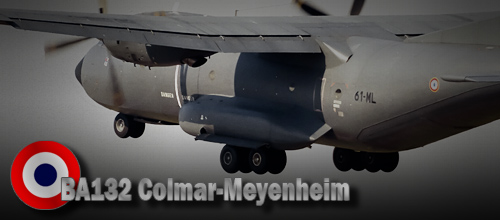
|
|
|
|
|
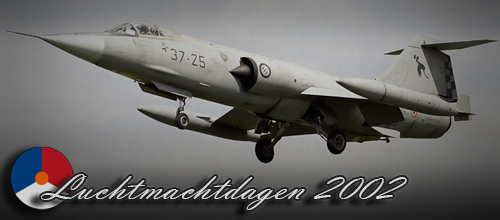
|
|
Development of the F-104 Starfighter
The Lockheed F-104 Starfighter, part 1; Gilze-Rijen, July 2–8, 2002
The Lockheed F-104 Starfighter is a supersonic interceptor which was originally developed by Lockheed for the United States Air Force (USAF). The first prototype was completed in early 1954 and first flew on March 4, at Edwards AFB. The total time which was needed from contract to the first flight was less than one year. This was a quite rapid development of an aircraft. The Starfighter would reach its greatest fame in Europe during the Cold War period. The aircraft was deployed by the Americans on a small scale during the Vietnam War.
|
|
|
|
|
The Starfighter in Germany
The Lockheed F-104 Starfighter, part 2; Gilze-Rijen, July 2–8, 2002
The F-104G Starfighter is the most common variant of the aircraft in Europe. The German version of the Starfighter was the F-104G where the letter G stands for Germany. The aircraft was designed for the West German Luftwaffe during the highlight period of the Cold War. The TF-104G and RF-104G Starfighter are special variants which have been developed for the training and reconnaissance role. Next to the interceptor role, this variant is also able to carry ground weapons. There were a total of 1122 F-104Gs been built for air forces in Europe.
|
|
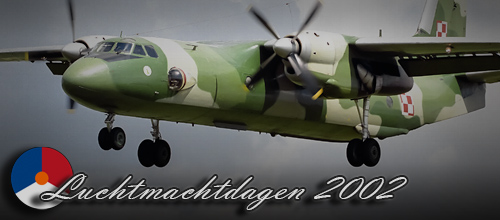
|
|
|
|
|
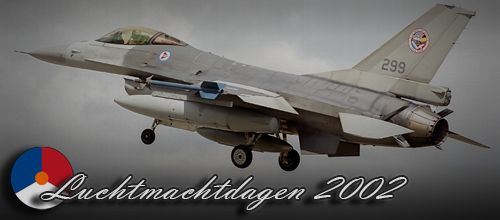
|
|
The Starfighter in Europa
The Lockheed F-104 Starfighter, part 3; Gilze-Rijen, July 2–8, 2002
The F-104G Starfighter is one of the most used Starfighter variants in Europe. In addition to Germany, countries such as Belgium, Denmark, Greece, Norway, the Netherlands and Spain often flew with this type of aircraft. The Lockheed F-104 Starfighter dominated the European airspace from the mid-60s to the early 80s. During the Cold War the European Starfighters played an important role within NATO in the joint Western European air defense against the Warsaw Pact. Many Starfighters were delivered under the Military Assistance Program.
|
|
|
|
|
The Lockheed F-104S Starfighter
The Lockheed F-104 Starfighter, part 4; Gilze-Rijen, July 2–8, 2002
The Aeritalia F-104S Starfighter was a variant of the aircraft which was built under license in Italy. This Starfighter would be known as the F-104S where the letter S stands for Sparrow. The F-104S was built as an interceptor armed with AIM-7 Sparrow and as a fighter-bomber with an onboard weapon and various air to ground weapons. The AMI was the only F-104 user flying the aircraft from the 60s into the 21st century. Next to the Italian Air Force also the Turkish Air Force used the F-104S in interceptor and air defense role until the late 90s.
|
|
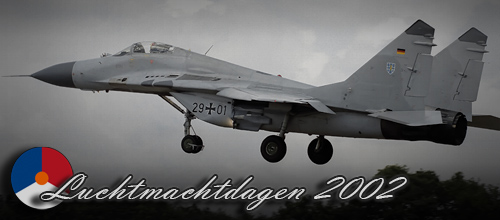
|
|
|
|
|
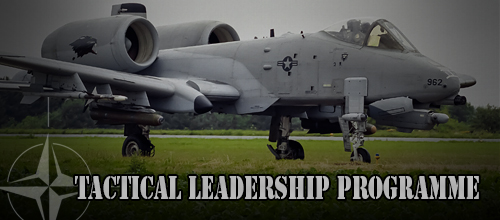
|
|
CSAR Missions and Close Air Support
Tactical Leadership Program 2002/4; Florennes, July 10, 2002
The fourth TLP of 2002 took place from mid-June to mid-July. The first arrivals were coming in on Friday June 14, 2002. The other TLP participants arrived at Florennes as well on Monday, June 17, and Tuesday, June 18. The fourth TLP edition of 2002 was an exercise which had an increased emphasis in the last week. The extra element contained CSAR missions. There were also a lot helicopters present at Florennes. For close air support units, this is a difficult exercise. The air defenses had to keep the air clean at the same time.
|
|
|
|
|
Development of the Fouga Magister
The Fouga CM170 Magister, part 1; Kleine-Brogel, July 18, 2002
The development of the Fouga CM170 Magister began at the begin- ning of the 50s. The Fouga Magister CM170 is designed in the 50s as a French jet trainer. The first planes of this type flew at the AdlA for the first time in February 1956. The aircraft were immediately used for the operational training of the future fighter pilots in France. The CM175 Fouga Zephyr was a variant of the Fouga Magister which was desig- ned for the French Navy from 1950. The Magister was an aircraft of which many were sold and was also produced under license.
|
|
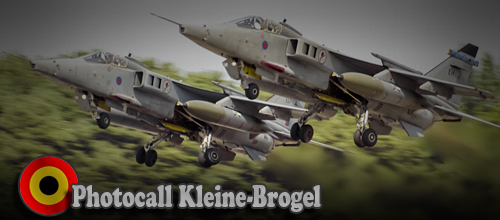
|
|
|
|
|
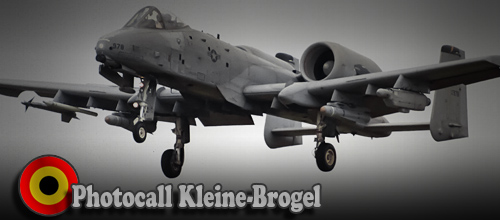
|
|
The European Fouga Users
The Fouga CM170 Magister, part 2; Kleine-Brogel, July 18, 2002
The Fouga Magister could be equipped with various weapons for training purposes. Eventually, the aircraft was also used several times in a conflict in Israel and El Salvador. In Europe, several countries, such as France, Germany and Finland, used the Magister for the training of pilots as preparation for the heavy jets. The last major user of the Fouga Magister in Europe was Belgium. The Belgian Air Force ordered in 1958 a series of 45 aircraft for the training of pilots. Today, the last still flying Belgian Fougas are stationed at Beauvechain.
|
|
|
|
|
Home of the Vickers VC10
The United Kingdom in 2002, part 1; RAF Brize-Norton, July 22, 2002
The English airbase RAF Brize-Norton is the home base of the Vickers VC10. This aircraft type is now one of the oldest aircraft which is still in operational service at the RAF. The tankers are from the 60s and are now outdated. The first VC10 made its first flight on June 29, 1962, and two years later the unit flew its first flight for BOAC (British Overseas Airways Corporation, later renamed as British Airways). After BOAC had these aircraft withdrawn from use, the RAF bought several airframes and converted these planes to the VC10 C1K.
|
|
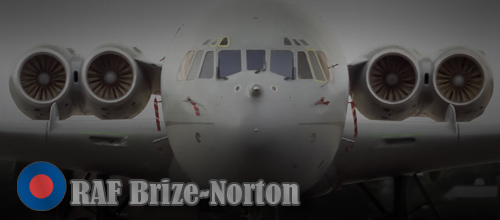
|
|
|
|
|
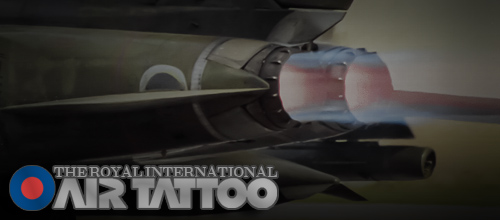
|
|
The Panavia Tornado
The Panavia Tornado, part 1; RAF Fairford, July 22, 2002
The Panavia Tornado is a fighter which was developed in a joint ven- ture between Germany, Italy and the United Kingdom. There are over the years three variants of the Tornado been developed for different operational roles and specific tasks, namely; the Tornado IDS, the Tornado ECR and the Tornado ADV. The first operational variant of the Tornado would be designated as the Tornado IDS (InterDic- tor/Strike). The first flight of the Tornado IDS took place on August 14, 1974 at the German airbase Manching in the south of Germany.
|
|
|
|
|
The Panavia Tornado IDS
The Panavia Tornado, part 2; RAF Fairford, July 22, 2002
The Panavia Tornado IDS is the most widely used version of the Tornado. The IDS version is the original version of the Tornado and is the ground attack variant and is in use in Germany, Italy, Saudi Arabia and the United Kingdom. The Tornado IDS is a fighter for attacking ground targets at low altitude at high speed. The GR Tornado is the British version of the Tornado IDS (InterDictor/Strike). In Great Britain the Tornado is called affectionately Tonka. Besides the West German Luftwaffe, the German Navy has flown with the Tornado IDS as well.
|
|
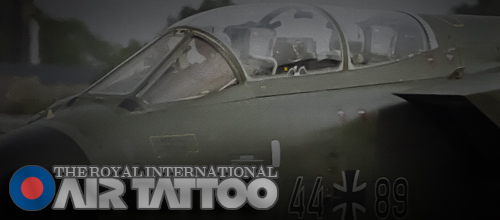
|
|
|
|
|
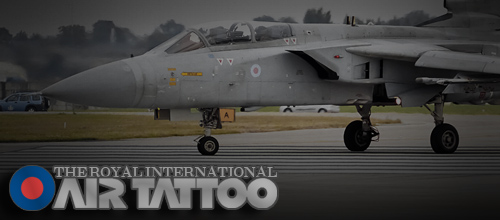
|
|
The Panavia Tornado ECR
The Panavia Tornado, part 3; RAF Fairford, July 22, 2002
The Panavia Tornado ECR is specifically designed for so-called SEAD (Suppression of Enemy Air Defenses) missions. The acronym ECR stands for Electronic Combat Reconnaissance either electronic war- fare. The aircraft features ECM equipment and is able to detect radar systems and is able to destroy it with the help of the AGM-88 HARM missile. The only Tornado users which fly the Tornado ECR are the German Luftwaffe and the Italian AMI. Today, the Tornado ECR plays an equally important role as the original Tornado IDS variants.
|
|
|
|
|
The Panavia Tornado ADV
The Panavia Tornado, part 4; RAF Fairford, July 22, 2002
The Panavia Tornado ADV is the air defense variant of the Tornado IDS. The Panavia Tornado ADV (Air Defense Variant) is a medium-range interceptor. The aircraft was designed at the end of the 70s and entered operational service within the RAF in the 80s. The first prototype of the Tornado ADV first flew from RAF Warton on August 9, 1979. The aircraft soon proved to have a fantastic acceleration. At the end of the 80s and early 90s, the air forces of Italy and Saudi Arabia purchased the Panavia Tornado ADV also for their air defense system.
|
|
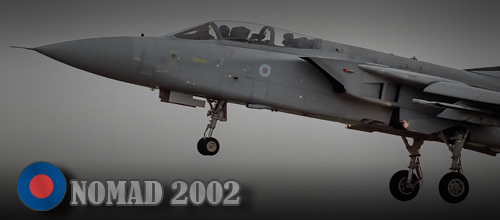
|
|
|
|
|
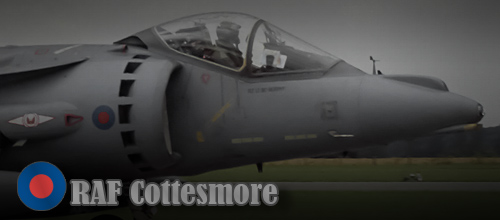
|
|
The British Harrier Fleet
The United Kingdom in 2002, part 6; RAF Cottesmore, July 23, 2002
The majority of the RAF Harriers is stationed at RAF Cottesmore. This airbase is located west of the city of Peterborough. The Harrier is a versatile aircraft which is unique in its kind. There is as yet no other fighter in the world like the Harrier which can take-off and land vertically. These properties ensure that the aircraft can operate in places where other aircraft cannot take off or land. Besides RAF Cottesmore, is the Harrier in England also stationed at RAF Wittering and RNAS Yeovilton and is playing an important role as CAS aircraft.
|
|
|
|
|
The 48th Fighter Wing; RAF Lakenheath, July 23, 2002
The United Kingdom in 2002, part 7; RAF Lakenheath, July 23, 2002
The 48th Fighter Squadron of the United States Air Force Europe is stationed RAF Lakenheath in England. This unit consists of three squadrons, namely; the 492th Fighter Squadron which is equipped with the F-15E Strike Eagle, the 493rd Fighter Squadron which is equipped with the F-15C/D Eagle and the 494th Fighter Squadron which is equipped with the F-15E Strike Eagle. The unit was stationed in Europe during the Cold War and will remain active at this airbase. The F-15E Strike Eagle is the attack variant of the F-15 Eagle.
|
|
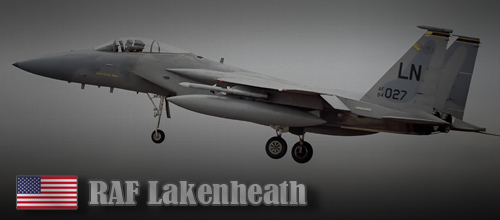
|
|
|
|
|
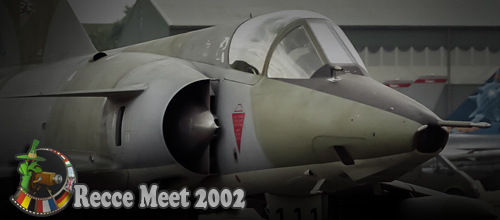
|
|
A Photo Reconnaissance Meeting
The Recce Meet 2002; Florennes, July 24, 2002
From Monday, July 22, 2002 until Friday, July 26, 2002, the Recce Meet 2002 took place on the Belgian airbase Florennes. The meeting was organized by the 1st Squadron which is part of the 2 Wing. During the Recce Meet there were several photo reconnaissance aircraft of the NATO partners present at Florennes. The aircraft will practice together and fly different scenarios. At Florennes were also a number of aircraft present which will disappear in the coming years like the Swiss Mirage IIIRS, Turkish RF-4E Phantom and British Canberra.
|
|
|
|
|
The 86th Airlift Wing
The Transport Hub in Europe; Ramstein Air Base, July 26, 2002
The 86th Airlift Wing is based at Ramstein Air Base in Germany and is equipped with various transport aircraft. The main aircraft is the Lock- heed C-130E Hercules which is assigned to the 37th Airlift Squadron. Furthermore, the unit has the C-20 Gulfstream and the C-21 Learjet which are assigned to the 76th Airlift Squadron. Besides the based aircraft, the AMC (Air Mobility Command) of the USAF is using Ramstein daily for many trans-Atlantic flights and flights to the Middle East and the former Yugoslavia to provide airlift capacity.
|
|
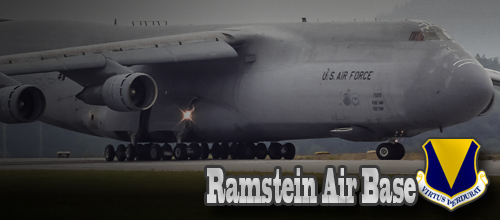
|
|
|
|
|
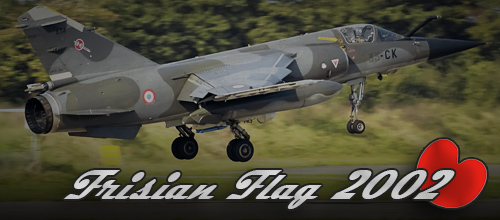
|
|
Blue Air versus Red Air
International Exercise Frisian Flag; Leeuwarden, October 10, 2002
The exercise Frisian Flag 2002 took place this year in the period from October 7, 2002 until October 18, 2002. During this period, more than 35 aircraft will train extensively. During the exercise Frisian Flag all aspects of modern warfare are practiced in a realistic scenario. Seve- ral participants from NATO countries fly together with the Dutch F-16 units. The Frisian Flag participants are Blue Air which is flying from Leeuwarden Air Base. The aggressors are Red Air and will fly from Twenthe Air Base which makes the exercise more unpredictable.
|
|
|
|

|







